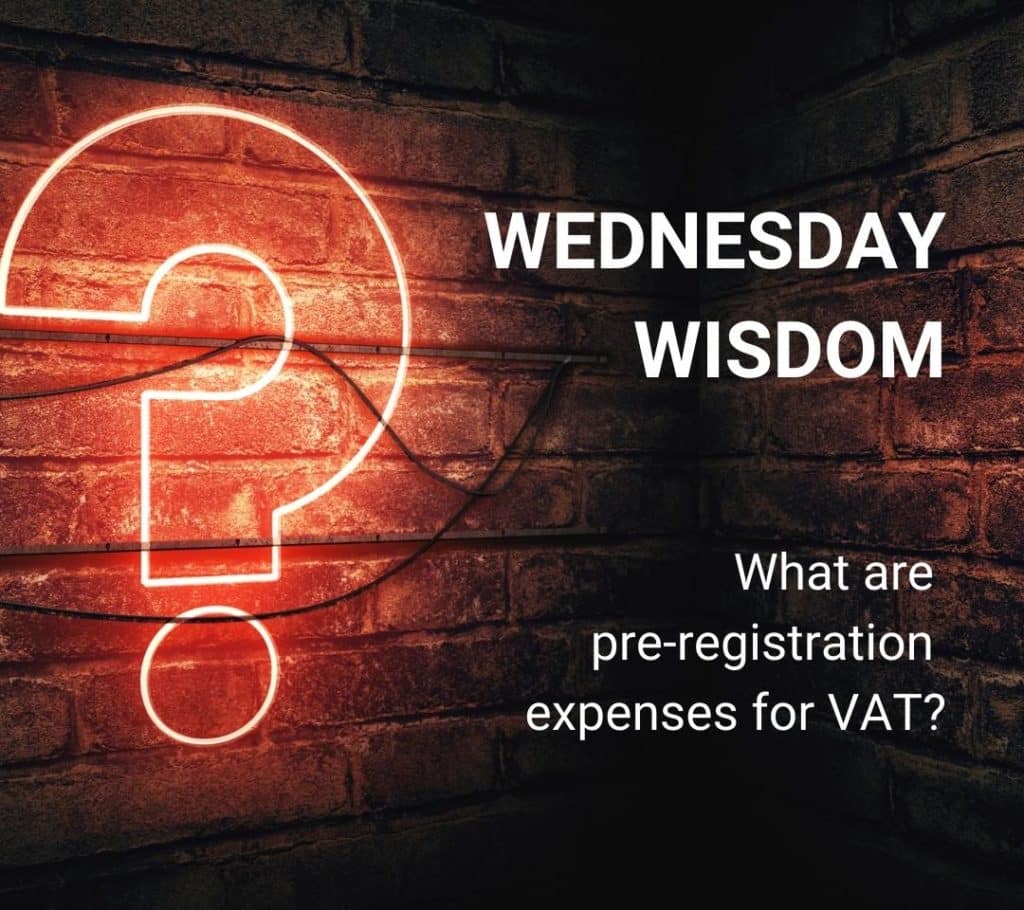While the government has made some significant announcements we are waiting on the detail as to how we access the support. Hopefully this will change quickly in the coming days. The basis of any business planning and decisions is what are the known facts and where these are not available what reasonable assumptions can we make (usually based on past experience)? That information is currently in short supply. The position is also changing so fast that a carefully considered decision can be out of date within hours. It is difficult not to speculate when there is a shortage of guidance but we have included what we hope is an informed opinion. While ministers have been interviewed on the proposals it is difficult to keep track of all the bits of information that are coming out (and even if it is accurate).
We will share any updates we become aware of over the coming days.
Coronavirus Job Retention Scheme
- The Chancellor announced the Coronavirus Job Retention Scheme, which will be accessible for all businesses. The details of the scheme include:
- The government will pay up to 80% of furlough workers’ salary (up to £2,500 per month)
- This is a grant and the first grants will be paid within weeks; it should all be up and running before the end of April
- The pay will be backdated to 1 March 2020
- The scheme will run for a maximum of 3 months (although ministers have already referred to further extension if necessary) and employees cannot work during that period.
We wait on the detailed guidance but what we do know is that in order to qualify a furlough worker cannot work. It is an all or nothing test that is you either furlough a worker or you do not. You cannot spread the workload over your total workforce, for example by reducing everyone’s hours and making the balance up with a grant. We understand that this is for medical reasons in that the Government wants to restrict the movement of people as much as possible. Of course this is irrelevant where employees are home working but the same rules will apply. Perhaps it may be possible to rotate say on a monthly basis in that you bring someone off furlough and swap with someone who has worked for the previous month? We suggest that we can plan only on a short term basis (week and month).
The grants to cover a furlough worker will be accessed through HMRC. The company will submit, through a new online portal, information to HMRC about the employees that have been furloughed and their earnings (HMRC will set out further details on the information required). We understand that the furlough worker’s salary will continue to be taxed and paid through the payroll in the normal way as the intention seems to be to use existing systems as much as possible.
You will need to take HR advice but our broad understanding is that this process will be done by negotiation and agreement with employees (as there is no change in their contractual position) and any agreement should be in writing.
Of course there is a long list of questions. For example
What is the base line to assess what someone’s salary is (i.e. 80% of what)? We understand that it will be based on the February payroll.
What is the position where a director/shareholder has taken a basic salary and monthly dividend?
What is work? Can a furloughed worker be given a specific training programme to follow which is enforceable?
How will this be monitored and enforced?
It follows that a business will need to assess which employees it should furlough. We believe that the dynamic of the decision making process will have changed. Before this announcement it may have been appropriate to continue to keep employees productive (for many this is not an option) on the assumption that it remained a timing difference i.e. the customers have deferred the order but the probability is that it will still be required. Furloughing employees may then allow the work to be deferred to match the needs of the customer without damaging longer term relationships (internally and externally). Of course you will be better placed than us to make these judgements.
Of course there is a fundamental contradiction in this. Any employee whose current income would fall within the £2,500 range (and taking into account that the opportunity for discretionary spending is significantly reduced) may prefer to be put on furlough and someone doing an equivalent role may question why they are required to work for the same money. While I am sure that many factors can be brought into the decision making process (no doubt in conjunction with HR advice) ultimately it needs to be a business decision – what is best for the long term survival of the business.
The above does not cover the self-employed. Our expectation, based on recent Minister comments, and our hope is that a similar scheme will be extended to them. They should not be disadvantaged simply because they are taxed in a different way. The issue as we understand it is that Government is trying to work out how this is delivered.
Coronavirus Business Interruption Scheme (“CBILS”)
The loan facilities will be provided by the British Business Bank through participating providers (normally your usual bank partner).
CBILS: Key features
- Up to £5m facility: The maximum value of a facility provided under the scheme will be £5m, available on repayment terms of up to six years.
- 80% guarantee: The scheme provides the lender with a government-backed, partial guarantee (80%) against the outstanding facility balance, subject to an overall cap per lender.
- No guarantee fee for SMEs to access the scheme: No fee for smaller businesses. Lenders will pay a fee to access the scheme.
- Interest and fees paid by Government for 12 months: The Government will make a Business Interruption Payment to cover the first 12 months of interest payments and any lender-levied fees, so smaller businesses will benefit from no upfront costs and lower initial repayments.
- Finance terms: Finance terms are up to six years for term loans and asset finance facilities. For overdrafts and invoice finance facilities, terms will be up to three years.
- Security: At the discretion of the lender, the scheme may be used for unsecured lending for facilities of £250,000 and under. For facilities above £250,000, the lender must establish a lack or absence of security prior to businesses using CBILS. If the lender can offer finance on normal commercial terms without the need to make use of the scheme, they will do so.
Eligibility criteria
Smaller businesses from all sectors can apply for the full amount of the facility. To be eligible for a facility under CBILS, an SME must:
- Be UK-based in its business activity, with annual turnover of no more than £45m
- Have a borrowing proposal which, were it not for the current pandemic, would be considered viable by the lender, and for which the lender believes the provision of finance will enable the business to trade out of any short-to-medium term difficulty.
This last point is critical. There is a normal business case test and credit assessment. We will be able to assist with the process.
Your house cannot be taken as security under the scheme.
Monies should be available from this week.
Q1 VAT payments will be deferred
- There will be no payments between now and the end of June
- Businesses will have until April 2021 to pay this back
The VAT return still needs to be prepared and submitted but a sensible short term step to redirect cash to the protection of the business.
HMRC Time to Pay arrangements (TTP)
Businesses with outstanding tax liabilities (including PAYE, NIC, VAT Corporation Tax) may be eligible for support which will be reviewed on a case by case basis.
A dedicated helpline has been set up by HMRC at 0800 0159 559. It is a simple process and broadly HMRC will agreed deferment of taxes over a 6 to 12 month period.
While the above deals with the main government financial support schemes of course there are additional practical steps that can be taken in managing and protecting cash.
In addition the Government have announced
- The standard rate in Universal credit and Tax Credits will be increased by £20 a week for one year from April 6th, meaning claimants will receive up to an additional £1040.
- Nearly £1bn of additional support for renters, through increases in housing benefit and Universal Credit. From April, Local Housing Allowance rates will pay for at least 30% of market rents in each area.
If you have concerns or questions, please contact the WardWilliams Creative team. As further details are announced we will keep you informed.








